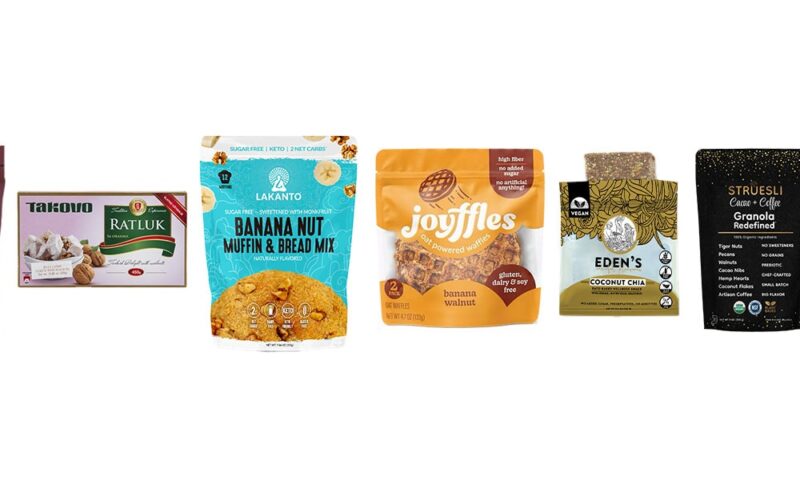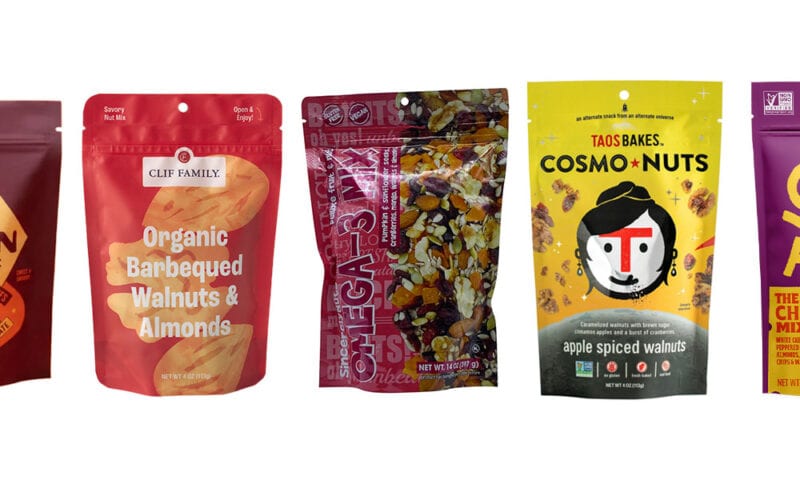According to the Department of Agriculture, in 2016, for the first time, Americans spent more of their food budget (50.2%) eating out than at home. The trend has continued to grow, with the latest study from 2017 showing 53.8% of the typical American family’s food budget is spent eating out. This adds up to a U.S. total of $860 billion in away-from-home food spending.
As the lives of Americans become more hectic, meals and food preparation suffer. In fact, 17% of adults 18-24 say they are often too busy to eat a meal! As a result, 51% of eating occasions are now snacking. Maybe that’s why 20% of Millennials say it’s healthier to snack throughout the day than eat three standard meals. 37% of the snacks they consume are unplanned, and 33% snack more out of boredom than hunger, the highest percentages of any age group. (Source: Mintel Snacking Motivations and Attitudes May 2017)
The good news is, the growth in snacking sales is in healthy snacks. In fact, traditional snack sales are down 4%, while healthy snack sales are up 8%. 32% of consumers say the majority of snacks they consume are healthy, and 28% say they are snacking on healthier foods this year over last. Maybe that explains why the snack nut category has grown by 10% since 2013. (Source: Mintel Market Sizes 2018)

Foodservice operators of all stripes are reacting to these changes in eating patterns. Sales of ready-to-eat, grab and go meals are up 25% since 2008. This includes rapidly expanding offerings in supermarkets as well as restaurant take-out, and of course the exploding order-online and delivery or pick-up options. Millennials are now moving into the ‘home/family’ building stage, along with their demand for quick delivery services. (No wonder Amazon keeps growing!) And their insistence on quality is forcing Foodservice operators to up their game.
Datassential, a company tracking menu trends in restaurants, identifies the way restaurant food trends start, fade out as fads, or are adopted by the wider markets. 70% of US consumers indicate their food preferences are driven primarily by what they encounter on restaurant menus, rather than what they see on supermarket shelves or in recipe books. Datassential identifies a common, four-stage food trend evolution they call the Menu Adoption Cycle. The first stage, Inception, notes that trends start in Fine Dining or Independent Ethnic restaurants. (As an example, in 2006 quinoa and truffle oil were identified as emerging trends.)
Between 30% and 40% of trends move on from here to stage two, Adoption. Fast-casual restaurants and gastropubs start picking up the new trends, but simplify prep methods and find a way to lower price points. About 60% of trends move on from here.
In stage three, Proliferation, casual chain restaurants and quick serve restaurants adjust the trend for mainstream appeal, frequently adding it to popular applications (e.g. Mac & Cheese with Truffle Oil).

The final stage is called Ubiquity. Now the trend has reached maturity and can be found in family restaurants and even convenience stores. Though often diluted by this point, the roots of the trend are still recognizable.
By identifying trends in the Inception stage, we can see which flavors and foods are likely to emerge in coming years. Those flavors/trends identified years ago are now Ubiquitous, as in loaded fries, pesto, and ‘gourmet’ mac & cheese.
Foodservice operators have an impact not just on the way people eat, but what they eat. As more consumers eat meals prepared by someone else, their influence on people’s eating behavior will continue to grow. And that’s why we must continue to communicate the benefits of California walnuts.



